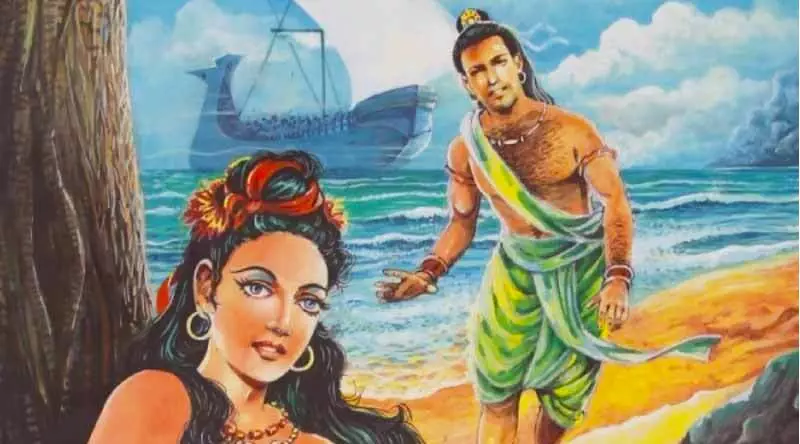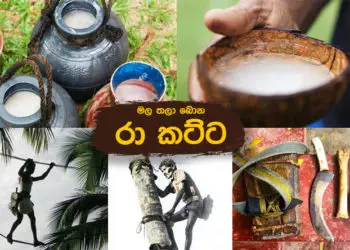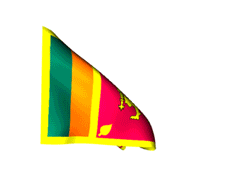Once upon a time, a young prince in India called Vijaya was exiled with his 700 followers to the sea by his father King Sinhabahu for all the violent deeds he committed in his homeland. Along with the 700 followers, their wives and children too were forced to sea in separate ships. The ships with the wives and the children sailed in separate directions while Prince Vijaya with his followers sailed towards Lanka.
After Prince Vijaya’s ship washes up on the shore of Lanka, he names that area as Thambapanni due to the red hue the sand left on his palms. On the Exact day Prince Vijaya reaches Lanka, in a region in India Gautama Buddha passes away. The Gautama Buddha later requests the Lord of Gods to protect Vijaya, so Buddhism could flourish in Sri Lanka as Prince Vijaya was a descendant from a Buddhist family. Thus, a lotus coloured god comes to Lanka in the guise of an ascetic to protect Vijaya.
Later on, a yakkini in the form of a dog appears in front of the followers and they chase after it as they believe the presence of a dog indicates that there is habitat close by. While chasing the dog, they run into a yakkini called Kuveni spinning thread, who earlier took the form of a dog to lure them in. Kuveni tries to devour them, but due to Vijaya’s protection and blessing over them, it prevents her from killing them which results in her hurling the followers into a chasm. Prince Vijaya arrives in search of his men and overpowers her and forces her to release them. Kuveni pleads for her life in exchange for her loyalty, which Vijaya accepts. Kuveni then offers him food and shelter; in return Prince Vijaya makes her his consort.
One night, as Vijaya and Kuveni were sleeping, he wakes up to sounds of music and singing. As he wonders, Kuveni informs him that the island was also home to Yakkhas, who would kill her for giving shelter to Vijaya’s men. With Kuveni’s help, Vijaya defeats the Yakkhas. Vijaya and Kuveni has two children later on: Jivahatta and Disala. Prince Vijaya establishes a kingdom, and names it Thambapanni. The members of the community established by Vijaya were called Sinhala after Sinhabahu.
His followers wanted to formally appoint him as a king, but for this he needed a queen of noble descent. Vijaya’s ministers, thus, sends envoys with precious gifts to the city of Madhura, which was ruled by a Pandu king. The king then agrees to send his daughter as Vijaya’s bride.
After this event, Vijaya asks Kuveni to abandon her children and leave the Kingdom as the followers fear a supernatural being like her. He offers her money for her departure but Kuveni defies and takes the children along with her to the Yakkha city of Lankapura. As she enters the city, the other Yakkhas recognize her as a traitor and kills her. The children, then flee to Sumanakuta on advice from their maternal uncle. In the Malaya region of Lanka, they wed to become husband-wife and give rise to the Pulinda race.
Meanwhile, Vijaya is consecrated as the king along with the Pandu king’s daughter as his queen. King Vijaya finally gives up his evil ways, and rules Lanka in peace and righteousness.
The facts of this tale were acquired from various sources and may have discrepancies against what is known to you. Please do message us for comments and views.













